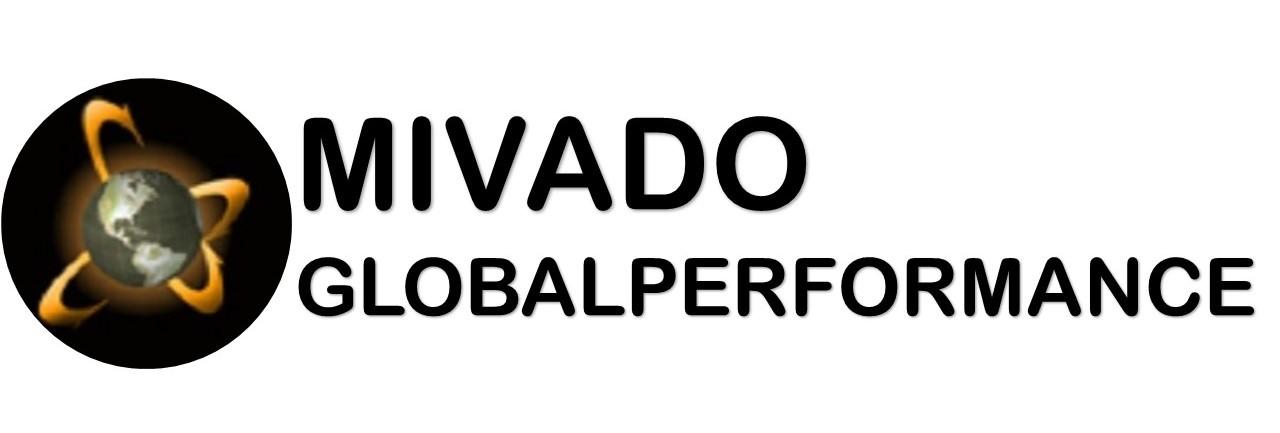The Raw Material Risks You Can’t Afford to Ignore
Is Your Pharma Supply Chain a Ticking Time Bomb? The Raw Material Risks You Can’t Afford to Ignore.
Let’s be brutally honest: In the pharmaceutical world, “good enough” for raw materials isn’t just a compromise; it’s a catastrophe waiting to happen. Every active pharmaceutical ingredient (API), every excipient, every packaging component – each is a domino in a chain that leads directly to patient safety and, let’s not forget, your company’s reputation and bottom line.
The COVID-19 pandemic ripped the band-aid off a painful truth: many pharma supply chains are far more fragile than we cared to admit. Border closures, manufacturing shutdowns, and a sudden scramble for resources highlighted just how vulnerable our industry is to disruptions at the raw material level.
But the risks go far beyond pandemics. Geopolitical instability, natural disasters, supplier quality lapses, economic fluctuations, cyberattacks – the list of potential threats to your raw material supply is long and ever-evolving. And here’s the kicker: many companies are still relying on reactive strategies, hoping for the best rather than preparing for the worst.
Why Reactive is a Recipe for Disaster (and Massive Losses)
Imagine this: a critical raw material supplier experiences a major quality deviation. Suddenly, your production lines grind to a halt. Batches are quarantined, recalls loom, and your launch timelines evaporate. The financial hit is staggering, but the erosion of trust is even more so. That’s priceless.
Reactive risk management is like driving a car by only looking in the rearview mirror. You might see the crash coming, but it’s already too late.
The ICH Q9 Mandate: Not Just a Guideline, It’s Your Lifeline.
The International Council for Harmonisation of Technical Requirements for Pharmaceuticals for Human Use (ICH) Q9 guideline isn’t just a regulatory checkbox; it’s a blueprint for survival. It champions a proactive, systematic approach to quality risk management, and nowhere is this more critical than with your raw materials.
Think of it as building a fortress around your supply chain. You’re not just hoping for good weather; you’re building walls, installing early warning systems, and training your guards.
The 5 Stages of Raw Material Risk Resilience:
This isn’t rocket science, but it does require discipline and a commitment to continuous improvement:
- Initiate: Define the Battleground. What are your new raw materials? New suppliers? What quality incidents have occurred? Understand the problem before you can solve it.
- Assess: Uncover the Hidden Dangers. This is where you identify and analyze risks. Use tools like FMEA (Failure Mode and Effects Analysis) and Risk Matrices. Score everything: How severe would an issue be? How likely is it to occur? How easily can you detect it?
- Control: Build Your Defenses. Once you know the risks, define your control strategies. What mitigation actions can you take? Can you justify accepting certain risks, perhaps with reduced testing if the risk is truly negligible? This is about being smart, not just compliant.
- Review: Keep Your Eyes on the Horizon. Risks aren’t static. Periodically monitor and re-evaluate your assessments. A change in supplier, a deviation, or new data should always trigger a fresh review.
- Communicate: The Unsung Hero. None of this works in a silo. QA, Procurement, Production – everyone needs to be on the same page. Share risk assessment reports, communicate changes, and foster a culture of transparency.
The Payoff: Beyond Compliance, Towards Competitive Advantage
Investing in a robust raw material risk management framework isn’t just about avoiding penalties. It’s about:
- Uninterrupted Production: Keeping your vital medicines flowing to patients.
- Enhanced Product Quality: Ensuring every batch meets the highest standards.
- Cost Savings: Avoiding costly recalls, reworks, and supply disruptions.
- Stronger Supplier Relationships: Building trust and collaboration with your partners.
- Reputational Safeguard: Protecting Your Brand from Devastating Public Incidents.
- Competitive Edge: Being the reliable partner in a volatile global market.
In today’s complex global landscape, a passive approach to raw material risk is no longer an option. It’s time to move beyond hope and embrace a proactive, ICH Q9-driven strategy that fortifies your supply chain and ensures patient safety.

